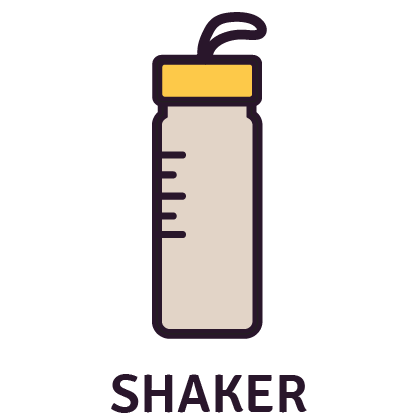5 Commonly Used Natural Sweeteners in India
Sugar has become an integral part of our life – much like a toxic relationship we know is bad but we just can’t get enough. It’s present in beverages like tea & coffee, bakery items, colas & sodas, yogurt & cereals, and all of our favorite desserts. Added sugar is also present in items that you may not think of as sweetened, like soups, bread, cured meats, and ketchup.
Studies have found sugar to be more addictive than opioids.

India is the world’s largest consumer of sugar (in MMT). While India doesn’t feature in the top 10 per capita consumers, our large impoverished population skews the result in our favor.

Source: Statista
Before, we proceed though let’s put an end to the myth that all sugars are bad. Sugars occur naturally in all foods that contain carbohydrates such as fruit, vegetables, grains, and dairy. Consuming sugar via these whole foods is good as they digest slowly and the sugar gives you a steady supply of energy.
So when we talk about Sugars here – we are referring to “added sugars”. Added sugars are the stuff manufacturers and chefs add to their products and dishes to enhance the flavor.
So are all added sugars bad?
Let’s take a look at the most commonly used sweeteners.
White Sugar

Apologies for the racial undertones, but everything “white” is not the best. White sugar also called “Table Sugar” is made up entirely of sucrose (1 glucose: 1 fructose) and is the most common sweetener used the world over.
It is made by boiling the juice extracted from sugarcane and sugar beets which leave behind sucrose crystals.
These are considered empty-calorie foods which offer no health benefits.
Brown Sugar

Brown sugars are not very different from white sugars – they are produced by mixing refined sugar (~95%) with molasses (~5%). The brown-ness can be attributed to molasses which also brings with it small quantities of potassium and calcium.
One tablespoon of brown sugar gives you about 12 cal (empty) of energy.
Brown Sugar in essence is like putting lipstick on a pig i.e white sugar

Jaggery

Jaggery in recent times has made its way into many kitchens. Unlike white sugar which is made from refined sugar, Jaggery is made by boiling unrefined sugar cane extracts.
It contains small amounts of Vitamin B and essential minerals like calcium, potassium, magnesium, etc. Jaggery regulates your body’s metabolism, helps purify the blood, and boosts immunity. Due to its properties, it has an important role in Ayurvedic medicine.
Jaggery which retails for about as much as white sugar is more value for money from the health point of view in our kitchens.
Honey

Honey is the bee’s gift to us humans. Honey is made up of 40% fructose, 30% glucose, and about 20% water. Honey is also rich in vitamins and minerals like Vitamin B and C, and phosphorous, calcium, iron, potassium, and magnesium.
A tablespoon of honey contains 20 calories (which is higher than white sugar) but is more wholesome and natural. However, we need to be cautious because synthetic Chinese sugar is being passed off as pure honey in the Indian market.
Honey is rich in antioxidants, lowers BP, reduces cholesterol, improves immunity, and is used by indigenous people to treat wounds, burns and improve skin health.
The only drawback to honey being, its price – good quality natural honey retails for approx. Rs.1000 for 500gms. This is one of the key reasons why we don’t see honey being used as a sweetener in most homes.
Stevia

Stevia is an intensely sweet plant – which is about 200-300 times sweeter than white sugar. There is evidence of it being used since the 16th Century and was originally native to the South American continent.
Given that it’s extremely sweet and that it contains no calories, stevia finds its place as a healthy alternative to traditional sweeteners.
While it is a commonly used sweetener amongst the Diabetic community; Stevia does have a peculiar aftertaste and retails for about Rs.500 for 0.5kgs (which is expensive compared to white sugar) which doesn’t appeal to the masses.
How to cut added sugar from your diet?
Making a conscious effort to read food labels would be your best bet against excessive sugar intake. Look for the following labels to stop or reduce intake:
“brown sugar”, “corn syrup”, “high fructose corn syrup”, “molasses”, “sugar molecules ending with -ose”'
But don't forget to have fun sometime!
A Recipe
For Every Adventure
- Choosing a selection results in a full page refresh.
- Press the space key then arrow keys to make a selection.








